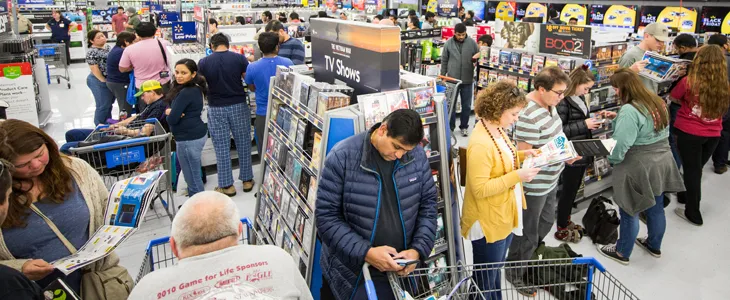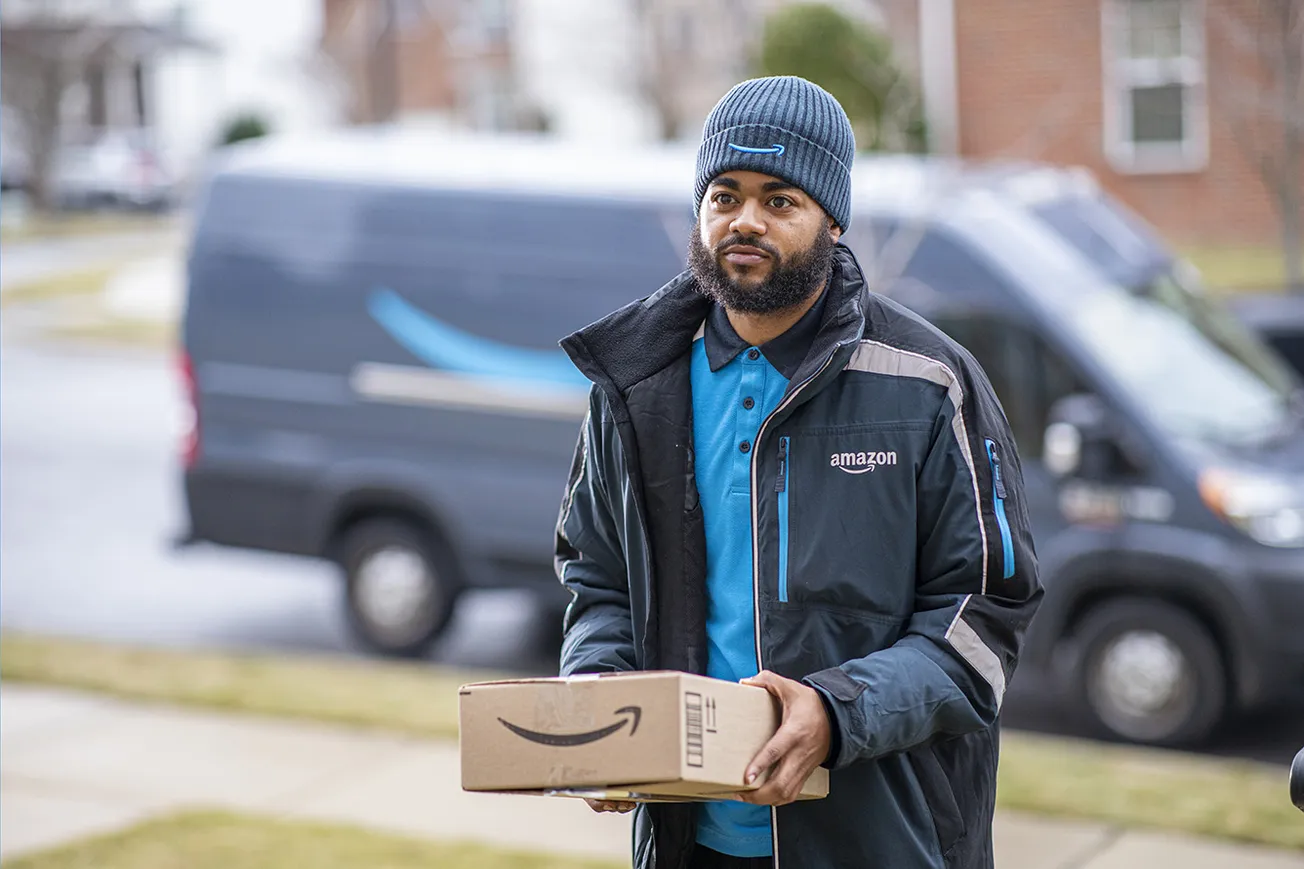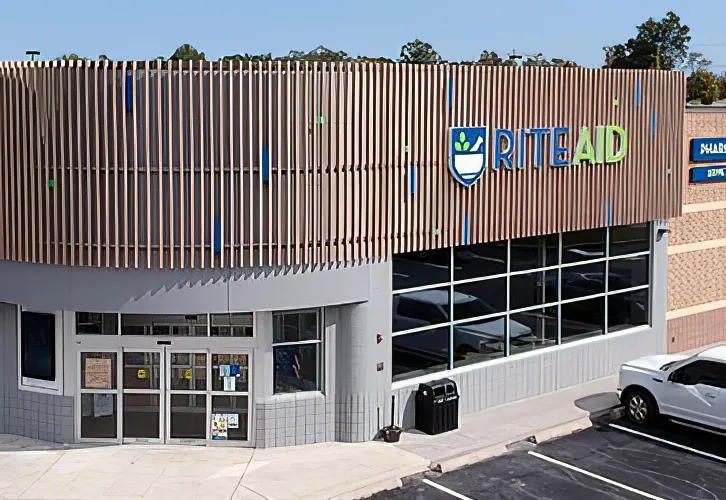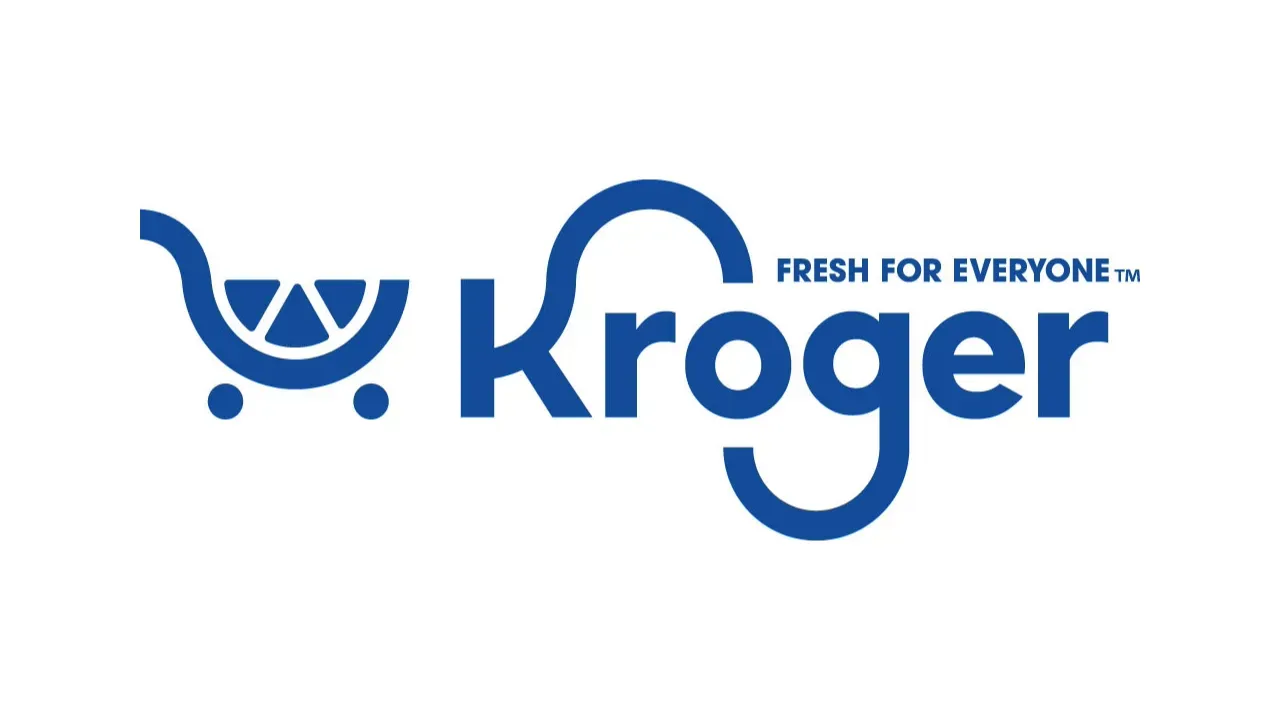NEW YORK — Consumers embraced the opportunity to return to physical stores on Black Friday to participate with family and friends in “the sport of shopping,” according to Coresight Research’s annual tour of malls, outlets, super-regional centers, downtown locations and neighborhood centers in the United States and Canada.
Going to malls, in particular, was an experience not to be missed by many of the shoppers eager for a holiday shopping season that’s “as normal as it can be,” Coresight said in its Black Friday report.
“In addition, we believe that consumers are aware of the likelihood of returns when they shop online and the environmental impacts of those returns — making them more inclined to visit stores to shop more sustainably.”
Coresight Research, which offers data and insights that can help retail clients innovate and grow, sent analysts to 45 retailers in 14 locations on Black Friday for observations on consumer activity, promotions, and product quality and availability, among other trends.
“While Black Friday is no longer the make-or-break retail shopping day that it used to be, with shoppers and bargains starting earlier and happening both online and offline, it still represents a key data point in determining the health of the holiday season,” Coresight said in its report. “Consumers who prefer shopping in person were able to take advantage of healthy stock levels, significant discounts and some day-specific, in-store deals this Black Friday. Although customer traffic varied widely — apparently stronger in malls than in individual stores — this seemed more related to many stores having launched their Black Friday promotions earlier in the week, online and offline.
“We saw evidence in many locations that shoppers came out in force and that retailers had ample inventory — in many cases, offered in cardboard boxes on the floor — to keep them from going home empty-handed.”
Among key takeaways:
• Stores were very well stocked. Consumer electronics (especially TVs) sold well — selling out in some instances.
• Malls were generally busier than off-mall stores, many of which had been running promotions all week. Still, some stores were packed, some had long checkout lines, and many mall parking lots were full.
• Highly promotional activity started well before Black Friday weekend, and Coresight analysts saw discounts on the day ranging from 50% to 70%. However, there was a paucity of doorbuster offers.
“What might account for the quiet start is that many retailers have done away with or reduced the focus on doorbusters. This has changed the dynamics of the shopping day. But being here in the mall today was still an experience,” wrote Deborah Weinswig, founder and chief executive officer at Coresight Research. Weinswig spent part of Black Friday at the Providence Place Mall in Providence, R.I. “We saw lots of shoppers carrying around several bags, or just stopping to rest, with multiple bags at their feet,” she said.
Other analysts visited retail locations in California, Florida, Massachusetts, New Jersey, New Hampshire, New York, Pennsylvania, Vermont, Washington, D.C., and Toronto.
Companies mentioned in the report include: American Eagle Outfitters, Athleta, Bath & Body Works, Best Buy, Dick’s Sporting Goods, Gap, Home Depot, Kohl’s, Macy’s, NIKE, Nordstrom, Target and The TJX Companies.
Weinswig said Walmart appeared to be a winner this Black Friday, in part due to the ability of its online shoppers to return an item to a physical store.










